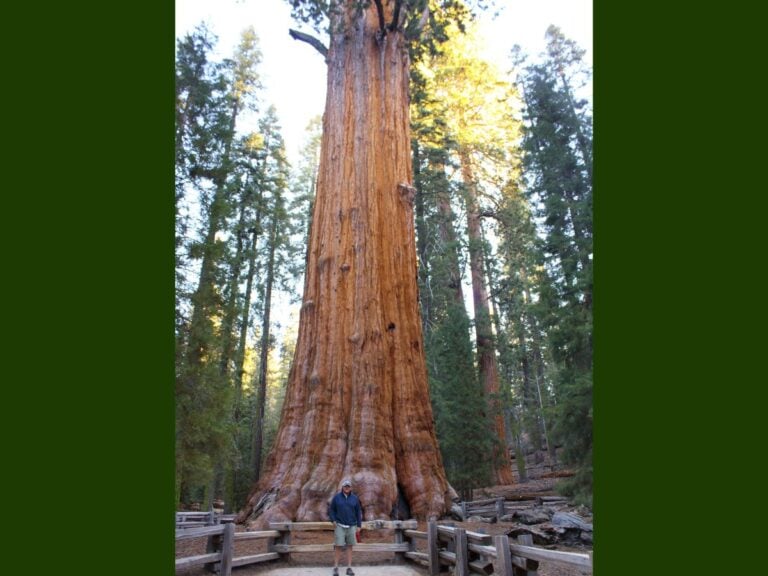This post may contain affiliate links. See our affiliate disclaimer here.
Sequoia National Park is one of those places that makes you feel small in the best way possible. The giant sequoia trees are absolutely enormous, the mountain views stretch for miles, and the smell of pine hits you the second you step out of your vehicle.
This 3 day Sequoia National Park itinerary covers all the park highlights, from standing beneath General Sherman to exploring alpine lakes and quiet meadows. Whether you’re traveling in an RV or staying in one of the park’s lodges, Sequoia is an unforgettable stop on any California road trip.
Contents
Planning to Visit Sequoia National Park
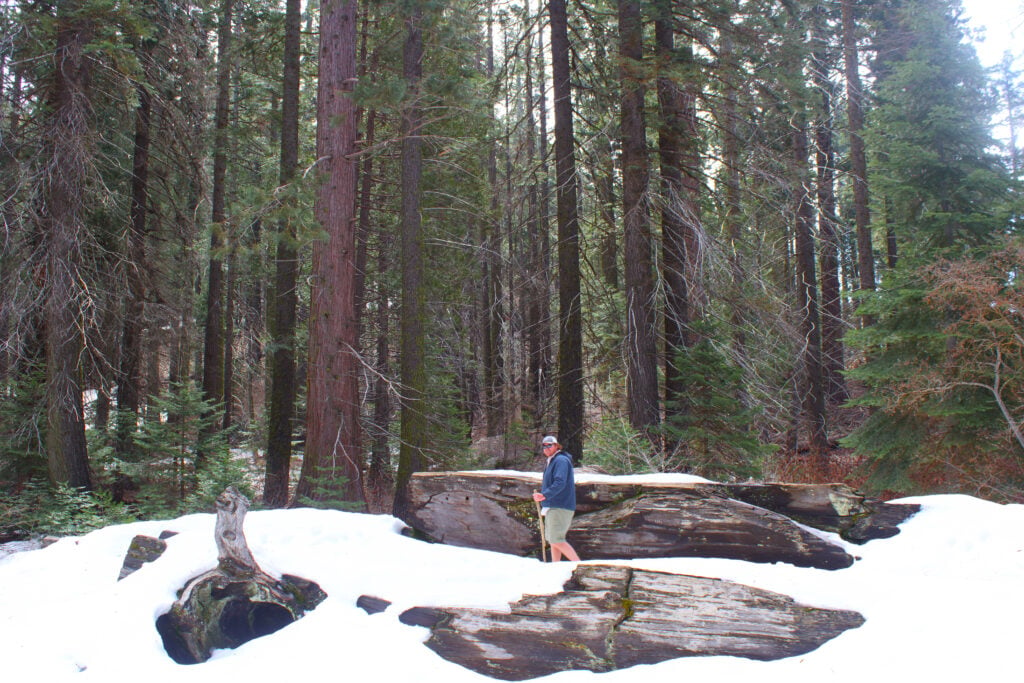
Entrance Passes
A standard vehicle pass is 35 dollars and covers both Sequoia and neighboring Kings Canyon National Park for seven days. You can buy it at the gate or online at Recreation.gov. If you plan to visit multiple parks this year, the America the Beautiful annual pass is still the best deal.
Reservations and Timing
You don’t need timed entry reservations, but Sequoia’s main attractions sit at high elevation and winter weather can close roads from late fall through early spring. The best months to visit are May through October when everything is open and snow has melted. Arrive early each day to find parking near popular trailheads.
RV Access
Sequoia is friendly to RV travelers, but the roads deserve a special mention. The park’s main entrance from the town of Three Rivers climbs more than 6,000 feet in about 16 miles, with sharp turns and narrow lanes. Big rigs can make it, but it’s slow going. Vehicles longer than 22 feet are not allowed between Potwisha Campground and Giant Forest Museum because of those tight switchbacks.
If you’re in a larger RV, it’s usually better to camp near the entrance and explore the park in your tow vehicle or toad car. You can also enter from the Kings Canyon side on Highway 180, which is wider and much easier for RVs.
Camping Reservations
Campgrounds in and around Sequoia fill up fast, especially in summer. Book early on Recreation.gov or through private campgrounds outside the park.
3 Day Sequoia National Park Itinerary
Day 1: The Land of Giants
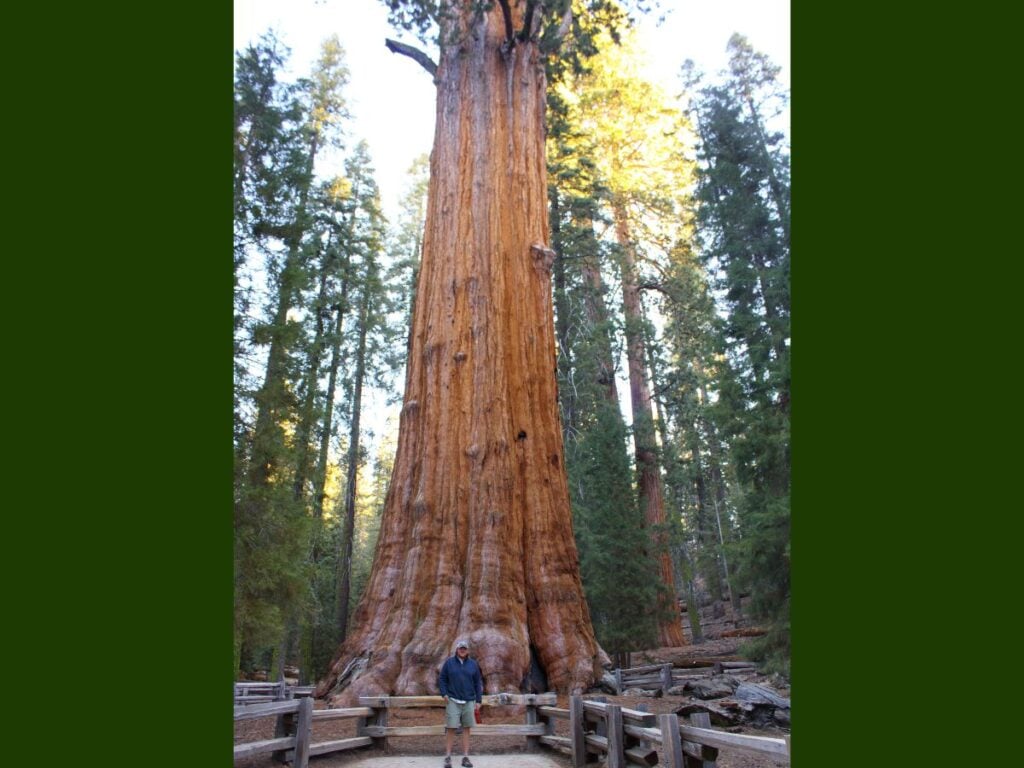
Start your trip in the Giant Forest, home to the largest trees on Earth. The best place to begin is the Giant Forest Museum, where you can learn about sequoia ecology and get maps for nearby trails.
Walk the short loop to the General Sherman Tree, the world’s largest living tree. Photos don’t do it justice. The trunk alone is wider than most people’s living rooms. Take time to walk the Congress Trail, an easy two mile loop that winds through some of the most impressive groves in the park.
In the afternoon, stop by Tunnel Log, where you can drive or walk through a fallen sequoia that’s big enough for a car. Continue up to Moro Rock, a granite dome with a staircase to the top. It’s only about a half mile round trip, but the climb is steep with more than 350 steps. The views over the Great Western Divide are incredible, especially at sunset.
Spend your evening at Lodgepole Village. There’s a visitor center, small market, and plenty of spots to grab dinner or picnic near the river.
Day 2: Hiking and Hidden Lakes
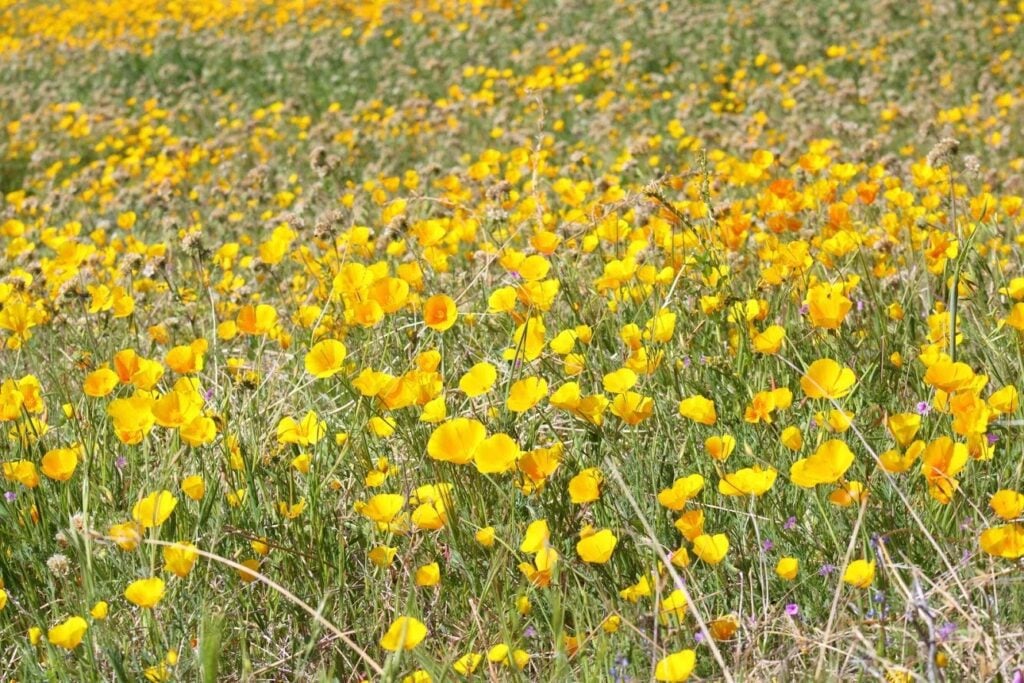
After breakfast, drive toward Crescent Meadow, known as the “Gem of the Sierra.” The Crescent Meadow Loop Trail is an easy 1.6 miles through wildflowers and towering trees. Make sure to stop at Tharp’s Log, a historic cabin built inside a fallen sequoia by an early settler.
If you want something longer, the Lakes Trail to Heather Lake and Emerald Lake is a beautiful moderate hike. It starts near Wolverton and climbs steadily with views of granite peaks. You can turn around at Heather Lake for a shorter six mile round trip, or continue another couple of miles to Emerald Lake if you’re up for a full day adventure.
In the late afternoon, head back to Lodgepole to relax by the Marble Fork of the Kaweah River. You can wade in the shallow sections or just cool your feet while you watch the light fade through the forest.
For dinner, grill at your campsite or grab something at Wuksachi Lodge, which has a restaurant and cozy lounge open to non-guests.
Day 3: Kings Canyon and Waterfalls
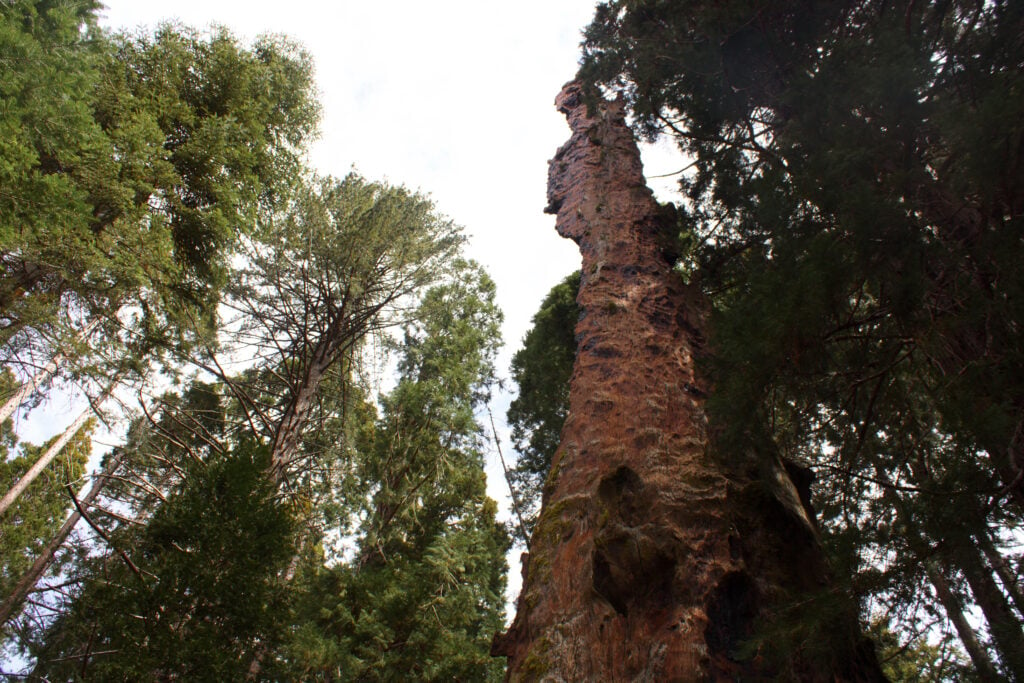
On your final day, drive the scenic Generals Highway north into Kings Canyon National Park. The two parks are managed together, and you’ll find fewer crowds once you get into Kings Canyon.
Start with a stop at Grant Grove Village to see the General Grant Tree, the second largest tree in the world. The loop trail around it is flat and easy, with benches and plenty of shade.
Continue toward Zumwalt Meadow, one of the prettiest spots in Kings Canyon. The drive down into the canyon is steep with lots of switchbacks, so take it slow. Once you’re down, the meadow trail is a peaceful 1.5 mile loop surrounded by granite walls and the Kings River.
If you have extra time, stop at Grizzly Falls, a short walk from the road with a lovely 75 foot waterfall.
Head back toward the park entrance in the late afternoon. If you’re staying nearby, the town of Three Rivers is a great place to grab dinner and reflect on your trip.
Where to Stay
RV Camping Options
- Potwisha Campground – Lower elevation campground open year round with larger sites and river access.
- Lodgepole Campground – Central location near the visitor center and shuttle stops, suitable for smaller RVs and trailers.
- Sequoia RV Ranch – Private campground in Three Rivers with full hookups, laundry, and swimming holes along the Kaweah River.
Lodging for Non RV Travelers
- Wuksachi Lodge – The main hotel inside the park with comfortable rooms, a good restaurant, and amazing mountain views.
- Grant Grove Cabins – Rustic but charming cabins near the General Grant Tree in Kings Canyon.
- Buckeye Tree Lodge – Located just outside the Ash Mountain entrance with river views and a relaxed, cozy atmosphere.
Final Tips for Visiting Sequoia
- Bring plenty of water and snacks. The park is huge and food options are limited once you’re inside.
- Mornings and evenings are the best times for photos and wildlife sightings.
- Watch for bears. Store all food in bear boxes, even coolers and toiletries.
- Altitude can sneak up on you. Many areas sit above 7000 feet, so take it slow on hikes if you’re not used to the elevation.
- If you have time, spend an extra night and explore Kings Canyon more deeply. The scenic drive all the way to Roads End is one of the most underrated in California.
Happy Travels!
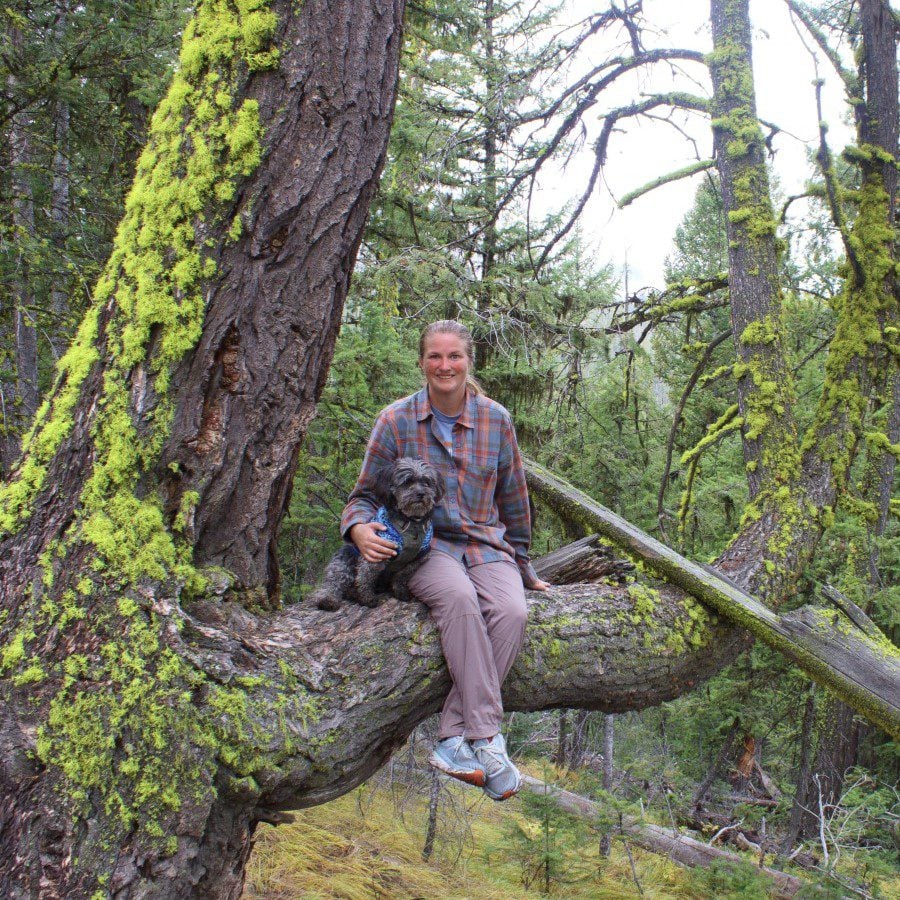
Christina Pate is a seasoned full-time RVer who, along with her husband Justin, has journeyed across the US, Canada, and Mexico. Drawing from her extensive travels, RV repairs and RV renovations, she founded Travels with Ted to guide and inspire fellow RV enthusiasts. Christina is also the co-author of The Owner’s Guide to RV Maintenance and the creator of My RV Log Book.

